Deciphering History Through Canvas: Analyzing Picasso's Guernica to Uncover Historical Truth
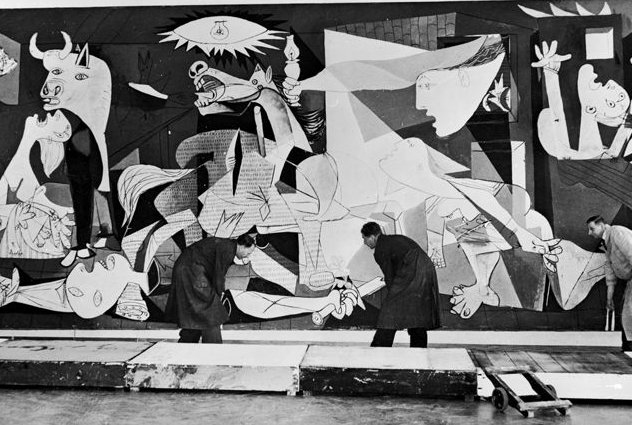
Pablo Picasso's iconic painting, *Guernica*, is much more than a masterpiece of art. It is a chilling testament to the horrors of war, a poignant visual narrative of the 1937 bombing of the Basque town of Guernica by the German Luftwaffe, acting in support of the Francoist forces during the Spanish Civil War. While the painting itself is a powerful artistic statement, it also serves as a valuable tool for understanding historical events, allowing us to delve deeper into the complexities of the past.
By Michael Thompson
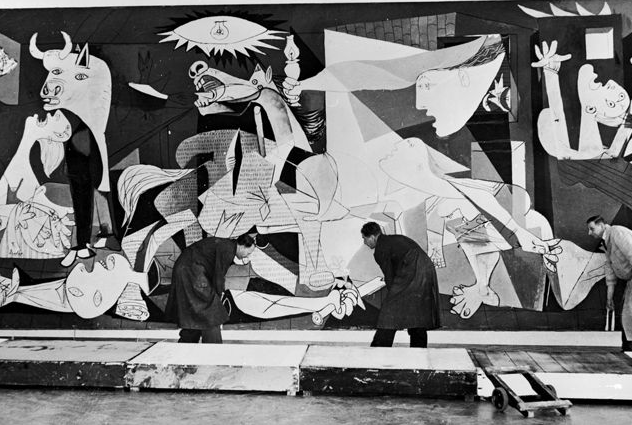
**Guernica as a Visual Narrative:**
The canvas itself is a tapestry woven with the raw emotions of trauma and destruction. The distorted figures, fragmented bodies, and anguished faces evoke the violence and suffering inflicted upon the innocent civilians of Guernica. The absence of color, replaced by a stark monochrome palette, further amplifies the sense of devastation and loss. The use of abstract forms and symbolic imagery, such as the bull and the horse, adds layers of meaning, prompting viewers to contemplate the larger themes of war, brutality, and human suffering.
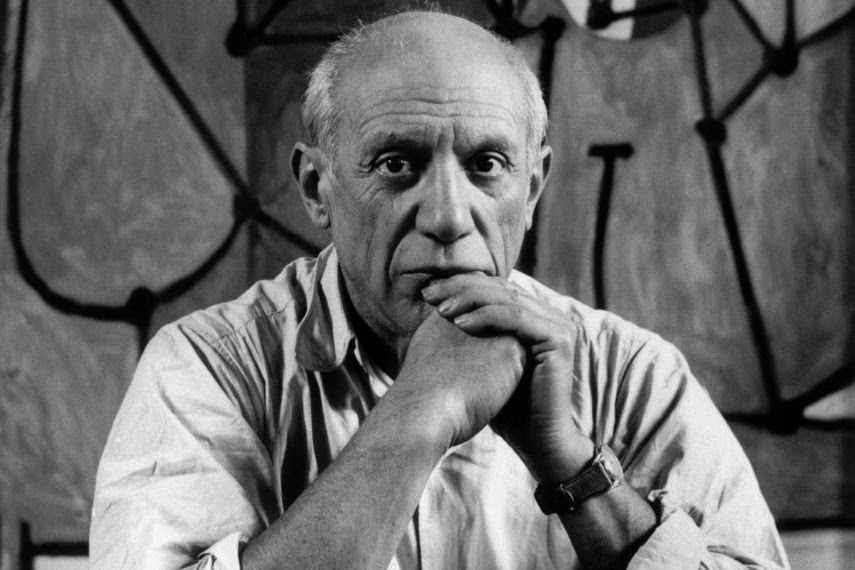
Pablo Picasso's iconic painting, *Guernica*, is much more than a masterpiece of art. It is a chilling testament to the horrors of war, a poignant visual narrative of the 1937 bombing of the Basque town of Guernica by the German Luftwaffe, acting in support of the Francoist forces during the Spanish Civil War. While the painting itself is a powerful artistic statement, it also serves as a valuable tool for understanding historical events, allowing us to delve deeper into the complexities of the past.
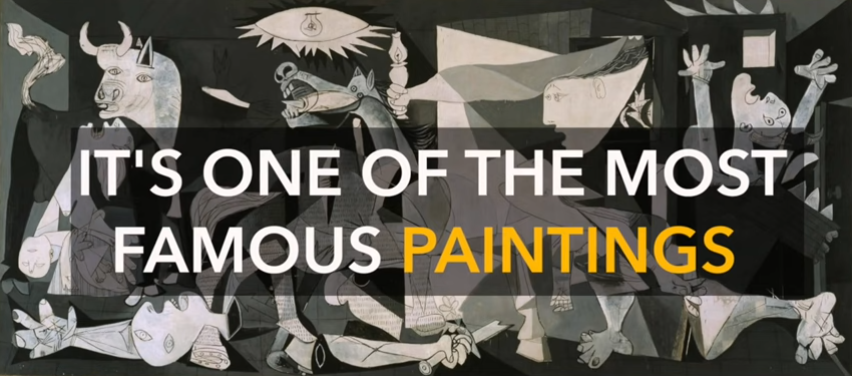
**Guernica as a Visual Narrative:**
The canvas itself is a tapestry woven with the raw emotions of trauma and destruction. The distorted figures, fragmented bodies, and anguished faces evoke the violence and suffering inflicted upon the innocent civilians of Guernica. The absence of color, replaced by a stark monochrome palette, further amplifies the sense of devastation and loss. The use of abstract forms and symbolic imagery, such as the bull and the horse, adds layers of meaning, prompting viewers to contemplate the larger themes of war, brutality, and human suffering.
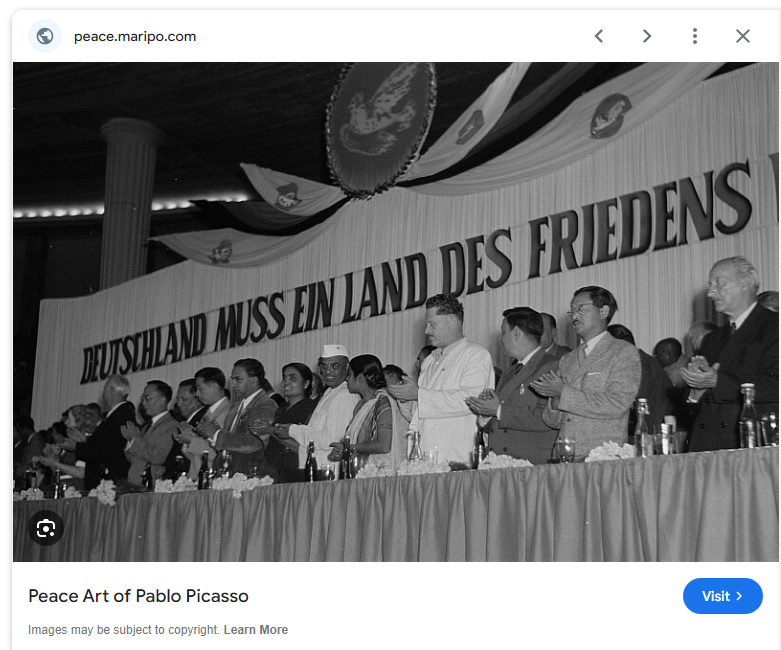
**Beyond the Artistic Expression:**
While *Guernica* is undeniably a powerful artistic statement, its value extends beyond the realm of aesthetics. The painting serves as a historical document, offering insights into the events of April 26, 1937, and their impact on the Basque people. By analyzing the composition, symbolism, and historical context, we can glean information about the bombing itself, the political climate of the time, and the broader consequences of the Spanish Civil War.
* **The Depiction of the Bombing:** The painting's portrayal of the chaotic aftermath of the bombing, with shattered buildings, mangled bodies, and screaming figures, provides a haunting visual account of the event's brutality.* **Symbolism and Political Undertones:** The bull, often associated with Spain, is depicted as a powerful and enduring symbol, representing the resilience of the Basque people amidst the catastrophe. The horse, symbolizing innocence and vulnerability, represents the suffering of the civilian population.* **Historical Context:** Picasso's creation of *Guernica* in response to the bombing highlights the artist's political consciousness and his opposition to fascism. The painting became a powerful anti-war symbol, raising awareness of the event and gaining global attention.
**Guernica as a Catalyst for Dialogue:**
*Guernica* continues to resonate with audiences today, serving as a potent reminder of the enduring consequences of war and the importance of peace. The painting fosters dialogue and reflection on the nature of violence and its impact on individuals and societies. By understanding the historical context and the artistic choices made by Picasso, we can engage with the painting on a deeper level, unlocking its full potential as a tool for historical understanding and social commentary.
**Conclusion:**
Analyzing *Guernica* goes beyond appreciating its artistic merit. Examining its historical context, symbolism, and depiction of the Guernica bombing allows us to uncover the historical truth behind the painting, providing a powerful lens through which to understand the past and its relevance to the present. It serves as a reminder of the importance of remembering historical events and acknowledging the impact of violence and conflict on humanity. As we continue to confront the challenges of our own times, *Guernica* stands as a timeless testament to the enduring power of art to illuminate and inform our understanding of the world.